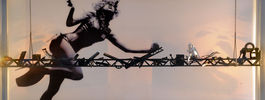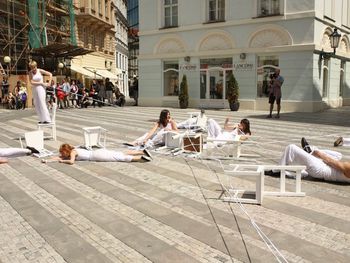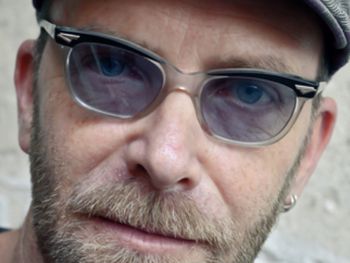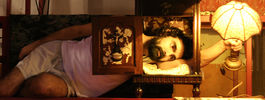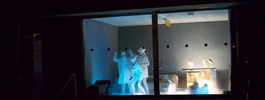

2015 » Catalonia » Performing Space
| Curator: | Bibiana Puigdefàbregas |
| Authors of Theme: | Antoni Ramon Graells, Ivan Alcázar Serrat |
| Institution: | Observatori d'Espais Escènics. UPC. Catalunya/Barcelona |
Theatre in the City’s Hidden Folds
Historically, theatres roamed the city and acted as pioneers of urban development, bringing culture to the areas in which they set up. In the case of Barcelona, from Las Ramblas to Passeig de Gràcia, and from there to Paral·lel, theatres have played a crucial role in shaping the city. But once the urban fabric is established, the same dynamics that had attracted the theatres then cast them out to more peripheral, and even deprived, areas.
The first part of this lecture aims to map the theatres in the city of Barcelona during various periods of history, summarising the main episodes in the urban spread of theatres from the 15th to the 20th century. The second part of the presentation will focus on theatres from the late 20th century through to the present day, when they have found their place in the city in what we have called ‘other spaces’. Through various strategies, such spaces have found a place in the city by seeking out areas under transformation, unique spaces with affordable rents in the city’s hidden folds, in receptive social and cultural contexts, where they have forged bonds with the surrounding environment. Interestingly, these ‘other spaces’ for theatres can often be found in the shadow of major cultural venues.
This lecture will look at some Barcelona buildings that have been renovated, recycled, transformed and adapted for the stage. From associations and cooperatives that gave refuge to avant-garde proposals in the 1970s to the micro-spaces that host small companies in recycled spaces: these historical spaces adapt and open up to the public to put on live art as the city’s peripheral and marginalised areas are conquered by the theatre, either ephemerally or permanently. The city’s relationship with all these spaces is the reflex (both product and promoter) of cyclical dynamics that, depending on the circumstances, may fit with what Sanchis Sinisterra defined as the “Argentinization of the theatre”.
The ideas and strategies used by Peter Brook, Jean-Guy Lecat and Antoine Vitez in existing spaces have also made their presence felt, either explicitly or implicitly, in these ‘other spaces’, including the Saló Diana, the first Teatre Lliure at the headquarters of the Cooperativa La Lleialtat de la Vila de Gràcia, the Antic Teatre in the premises of an old Catholic Workers’ Association, La Poderosa in a house-factory in the Raval, La Caldera in an old belt factory in Gràcia, and the installation of La Perla 29 in one of the buildings at the old Hospital de la Santa Creu de Barcelona. This network of spaces showcases Barcelona’s most creative, and least-known, side, far away from the bright lights and billboards.
The City and its Tremor
Can we observe without a specific viewpoint?
Can we observe without a specific viewpoint?Can we look at a city afresh?
Can we have new experiences in familiar surroundings?
The main thoroughfare linking Karlův most and Staroměstské náměstí folds the surrounding urban network in on itself, offering a haven to social concerns and initiatives that the main road has no room for.
Our promenade performance through Prague reveals one of the folds in its urban network. In this performance we sketch out one of the city’s main folds, which hosts a series of cultural activities that breathe and live outside the heartbeat of the main thoroughfare.
